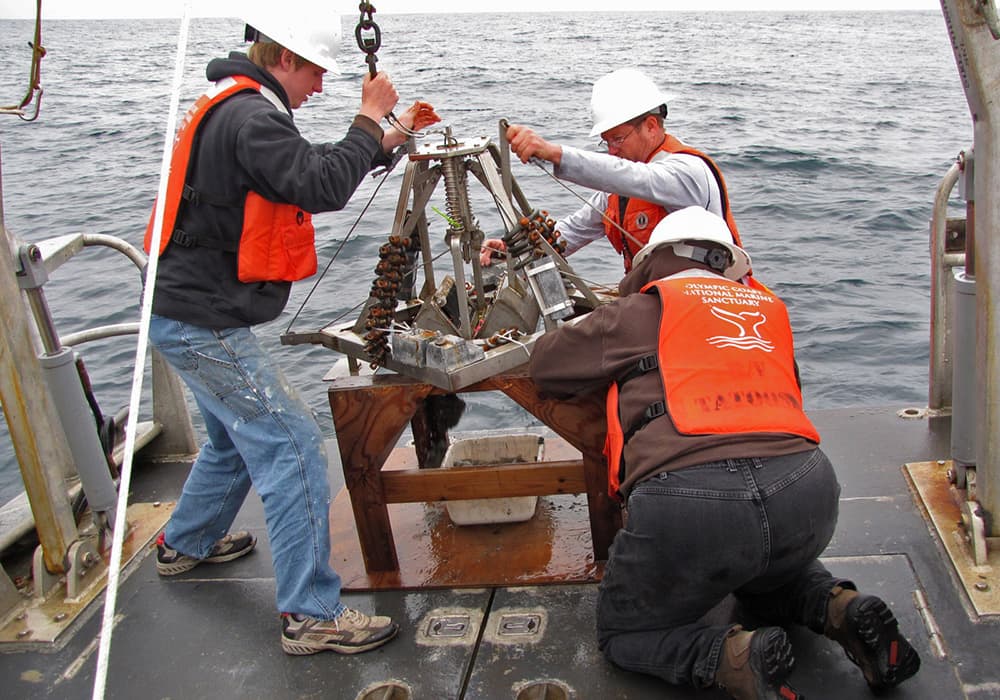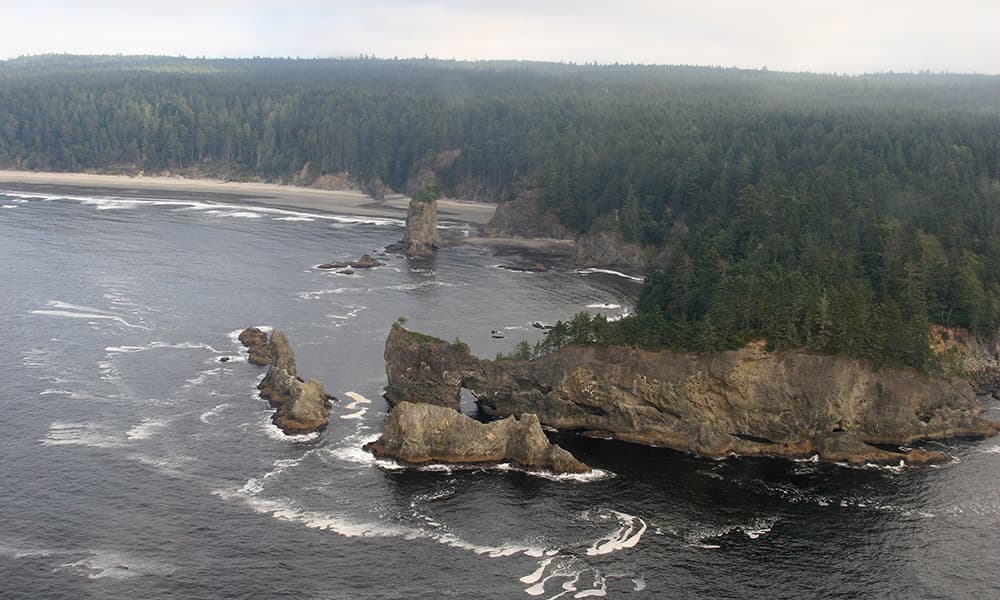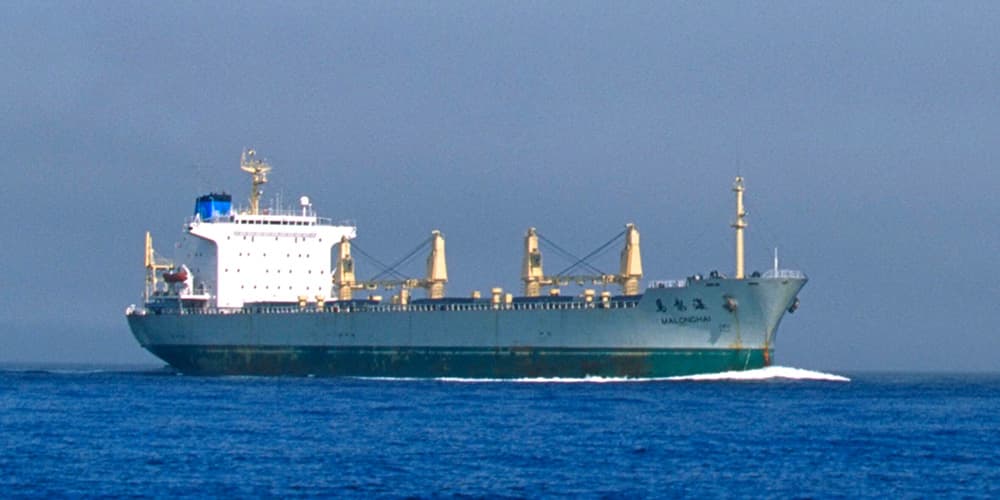Water Quality Protection

Water quality within the sanctuary is largely representative of natural ocean conditions, with relatively minor influence from human activities at sea and on land. By conventional measures, marine water quality within the sanctuary is relatively high, which may reflect its isolation from major urban or industrial complexes as well as the dynamic ocean currents that can dilute and distribute introduced materials.
Some persistent industrial chemicals, even those no longer used in this country, such as Dichlorodiphenyltrichloroethane (commonly known as DDT), have found their way into marine food webs and have been detected through contaminant monitoring.
Although water quality within the sanctuary is currently good, the potential for contamination by petroleum products, pathogens, and chemicals is a concern. Four of the five largest oil spills in Washington state history have occurred in or moved into the area now designated as the sanctuary. In the decade before sanctuary designation, two major oil spills released more than 325,000 gallons (1,230,258 liters) of petroleum products that impacted marine ecosystems and human communities on the outer Washington coast.
Vessel Discharge Regulations

Discharges of all matter, with exemptions to allow access and the use of sanctuary resources, are prohibited by regulation. As a preventative measure to maintain water quality, sanctuary regulations were revised in 2011 to limit cruise ship discharges in the sanctuary. Learn more about prohibited discharges within the sanctuary.
Oil Spill and Vessel Incident Response

In collaboration with our partners, Olympic Coast National Marine Sanctuary works to reduce the risk of oil spills and vessel incidents through regional vessel management and incident response.

